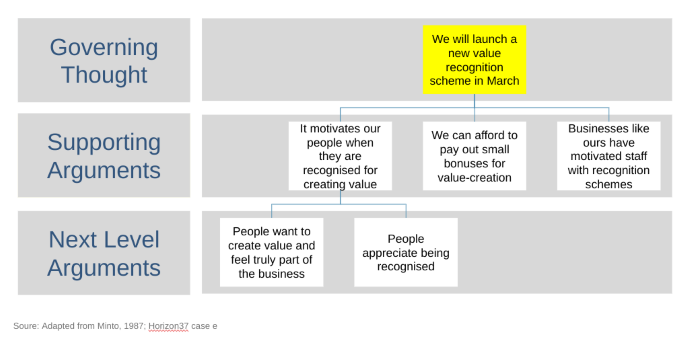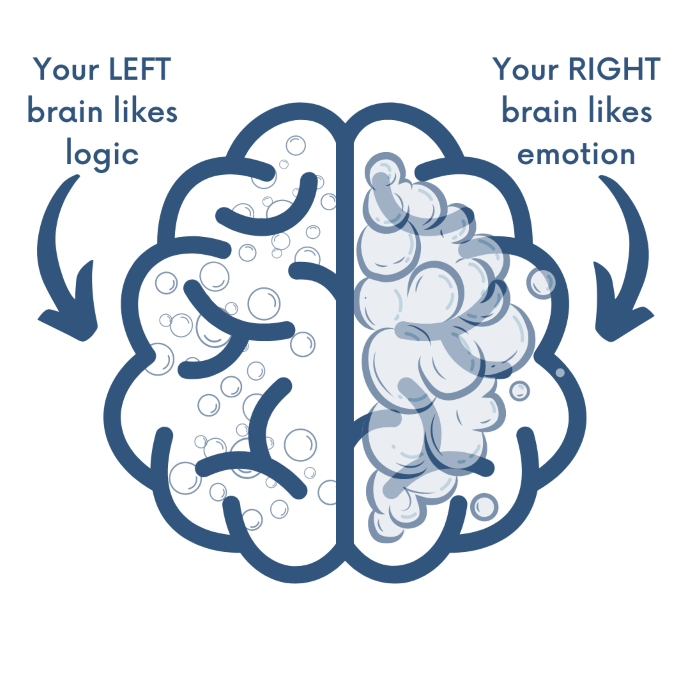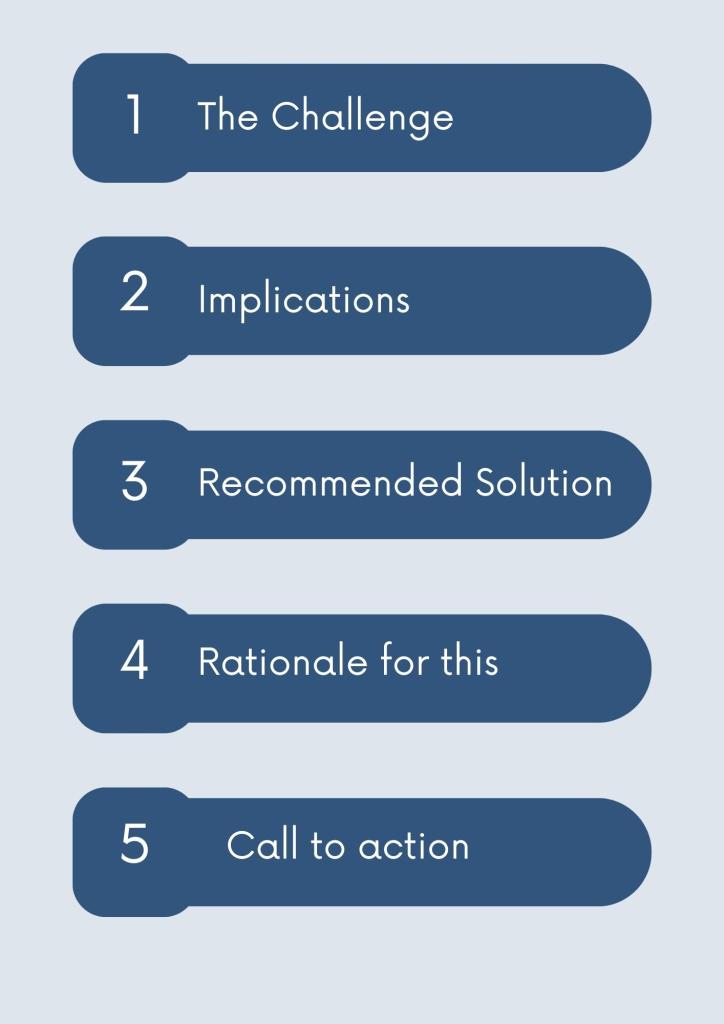Telling the (right) story
"No matter what job you have in life, your success will be determined 5% by your academic credentials, 15% by your professional experiences and 80% by your communication skills." Yahya Alamari, Head of People KPMG.
Imagine you’re trying to raise £20 million in your next fundraise, your slide deck is prepped, the right people are in the room, what happens next is massively important for your business direction.
Why are you speaking?
The purpose of speaking rather than writing is to cause something to happen rather than simply to impart information, so it is important to get clear at the outset what your desired outcome is - why are you telling this story at all? Are you trying to persuade a customer to buy your product or are you looking for investment?
This thought should drive your content, but when it comes to what you actually say; the first consideration is always your audience.
Your audience
Think about who you're talking to; what is the journey you want to take these people on? Your content should reflect this.
To connect with your audience, ask yourself, what are they currently THINKING, FEELING and DOING about my topic. Do they even understand my desired outcome?
And After I have spoken, what do I want them to be THINKING, FEELING and DOING about my topic. Will the content move them to (the right) action?

With both audience and desired outcome in mind, you should now identify your core message: what is the one thing I want them to remember? This will be the underlying driver of your story.
Begin your story with a headline…
Open your story with a headline which grabs your audiences’ attention and then follow up with the detail and core message. If you give away too much too soon, you’ll lose the crowd.
Your job as storyteller is to curate the information so that it fits your audience, your time slot, and your outcome.
Once your audience is engaged with your captivating opening lines, you can then use the core message to build the detail of your story, structuring it into a pyramid.
At the top of your pyramid, you have the headline; the governing thought, supported below by the detail and any arguments you are putting forward. Below that are the next level core messages and arguments, scaffolding the details of your story.

The building blocks of your conversation: Bubbles and FOAM
To increase the impact of your words, let’s think about the different sides of the brain, and how people like to receive information.

Your left brain likes LOGIC.
Human brains are wired for storytelling. Too often presentations are simply lists, which are difficult for the brain to retain. If you think of your speech as a series of bubbles, connecting one to the other, you can then create a logical story out of them. As each bubble bursts, the next one replaces it, and moves your story forward logically and sequentially.
A flow of this logic might look like:

Try plotting all your bubbles on one page so that you have a picture of the overall structure of your message and can check that it creates a memorable flow.
Once the left brain is satisfied, you’ll need to bring it alive by appealing to the other side of your brain.
Your right brain likes EMOTION.
The story you tell should evoke emotion with examples and anecdotes.
A shorthand for thinking about what to include is FOAM:
Facts Big ones e.g. statistics
Opinions “I think…” (this gives you credibility and establishes you as the expert)
Anecdotes Stories, examples, quotes, real people (rather than “the public”)
Metaphor Any sentence starting with “it’s a bit like…”
By adding Bubbles and FOAM into your speech, it will bring your story alive, creating relatable feelings, mental imagery, and ultimately making your communication more memorable.
Delivery – “How you say it”
More than 55% of communication is non-verbal[1]. This isn’t news to us, but in the adrenalin rush of getting your message out to stakeholders, it may well be forgotten. If your body language and tone of voice do not match the words you are saying then your audience will focus on (and believe) the non-verbal elements rather than the words of your persuasive story.
A powerful storyteller needs ENERGY and AUTHORITY.
Think about your audience size and how far you’ll need to project your voice - will you be using a microphone or not? (Don’t let it faze you; just be prepared.) The larger the audience, the more you’ll need to project and increase your energy. If it feels over the top it’s probably about right!
Once you’ve prepared your story, worked out the headline, core message, and structure, practice it a lot. Record yourself and play back; deliver your story to friends, family and team members; get feedback, and work out the rhythm of your story - when do you pause, when do you intonate, and what should you emphasise?
Finally, just before delivery…
Get in the “zone”
Right before you speak:
- Do physical warmups and warm up your voice (you’ll find some simple activities online).
- Feel your feet on the ground (be mindful).
- Breathe.
- Think of 3 qualities you want to embody and communicate e.g. confidence, competence, enthusiasm.
- Visualise yourself overcoming obstacles (e.g., difficult questions the audience might ask, or the microphone not working). Latest research shows that is more effective than just visualising success in and of itself.
That’s it, you are ready. Tell your story, connect with your audience and create the impact you want.

To experience the full content from our ‘Land the Speech’ and ‘Personal Impact and Influence’ workshops; get in touch to hear more and discover our programmes.
[1] Taken from the research project on nonverbal communication led by Dr. Mehrabian in the 1960s
